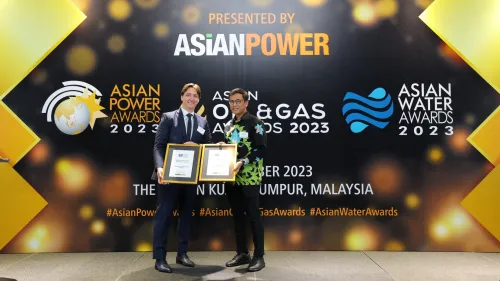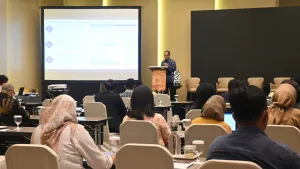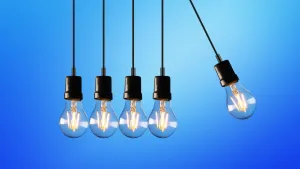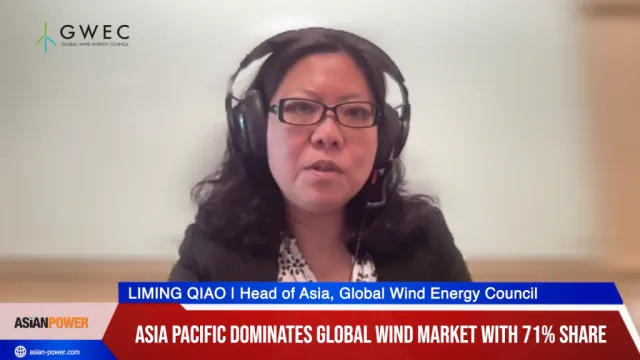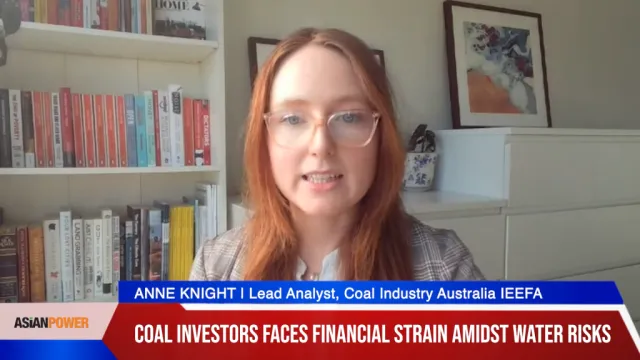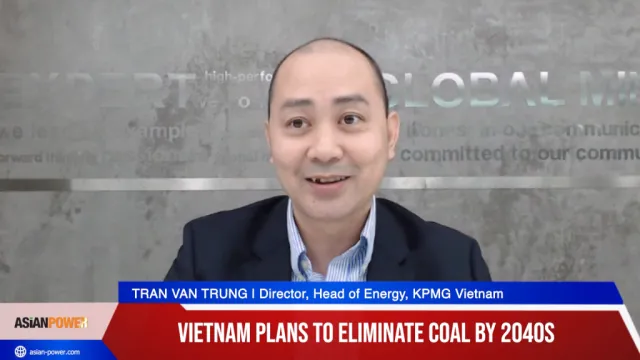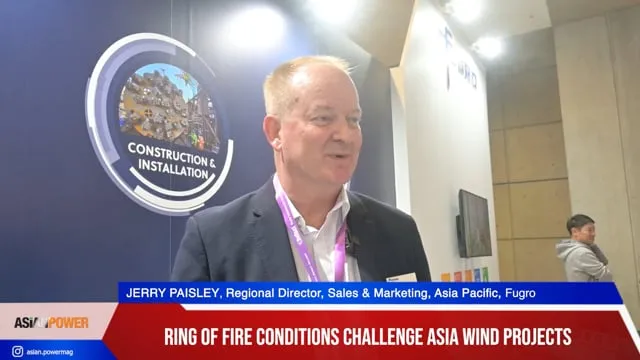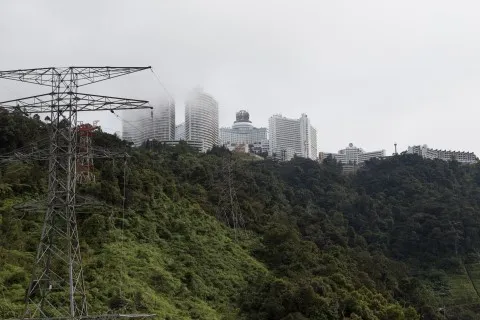
Huaneng banking on cash flow for power sector reform opportunities
China's power supply demand balance not good.
It has been noted that in Barclays' recent meeting with the management of Huaneng Power, the company came across as realistic about the prospects of coal-fired power generation growth in China in the medium term.
According to a research note from Barclays, the company, however, also said it is using the cash flow generated today to take advantage of the opportunities presented by power sector reform – such as distribution and supply, and also nuclear power generation.
The report noted that the power supply demand balance in China is worse now than was anticipated at the start of the year, but lower-than-expected coal prices have offset this.
Here's more from Barclays:
Supply/demand balance for power worse than what was anticipated at the beginning of the year: Power demand growth rate expectations have been revised down by the China Electricity Council (CEC) from 5.5-6.5% y/y to 3-5% y/y. The increase in range of expectations implies uncertainty in the face of only 0.8% y/y growth in 1Q'15. CEC's expectations for capacity additions have also gone up from 80-90GW to 100 GW for 2015.
Utilization rates will be low, but the low coal price will offset the impact for this year according to the company. The company thinks a further tariff cut cannot be ruled out in the face of significantly lower-than-expected coal prices, but tariff cuts are not conducive for a recovery in coal prices either.
Reform – 14 more documents expected this year: The announcements so far on power sector reform have been more guidelines and frameworks than actionable specifics. According to the company, Document no. 9 issued by the state council – which laid out the principles of reforms – will be followed by 14 more documents with details that could be trigger more action on the reform front.
Keeping market share in the face of increased direct power supply agreements and dropping utilization rates: Though the company is seeing tariffs of around 5.5 RMBc/kWh lower when they enter into direct power supply (DPS) agreements with large industrial customers, it will keep doing it to keep market share (note that the DPS agreements are only c.3% of the generation target for 2015).
It will endeavour to maintain market share in the face of nuclear power ramp-up and power imports through UHV lines. When opportunities in power distribution and retail open up for the IPPs, this should yield benefits via relationships with customers and local governments, and having a high market share provides leverage over the grid.


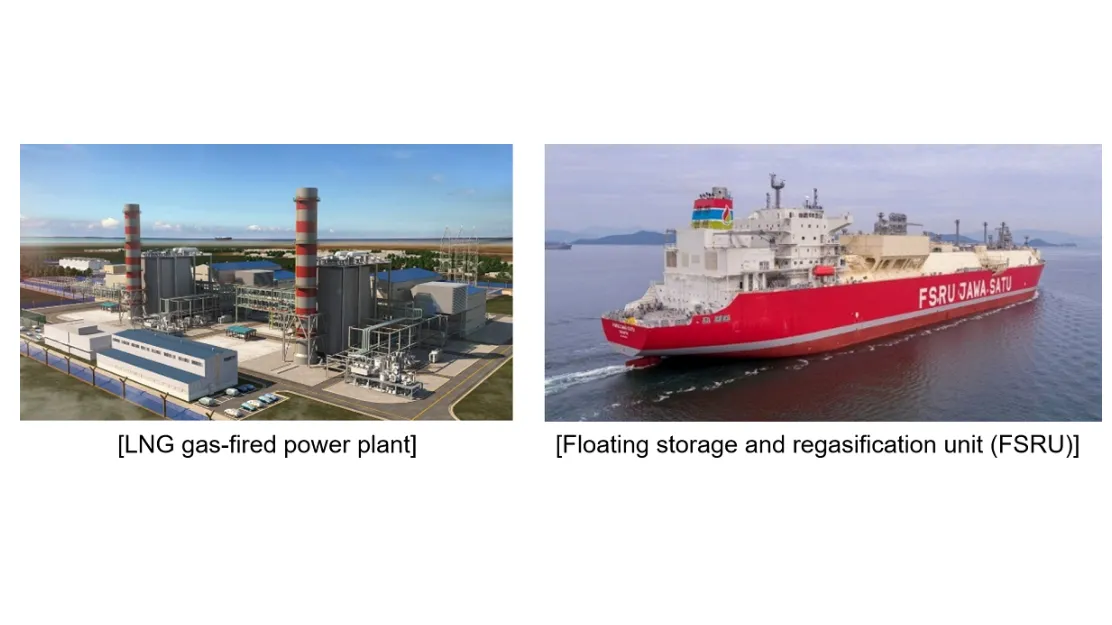
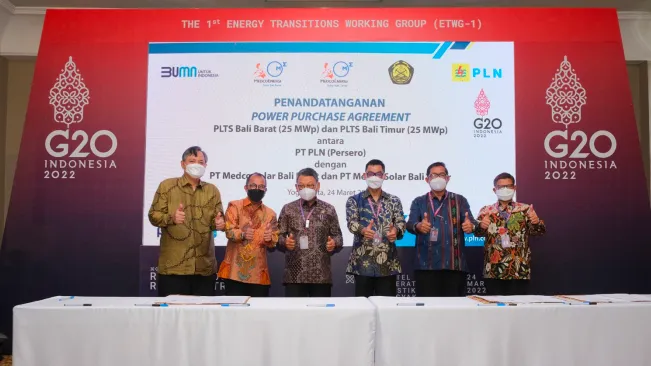
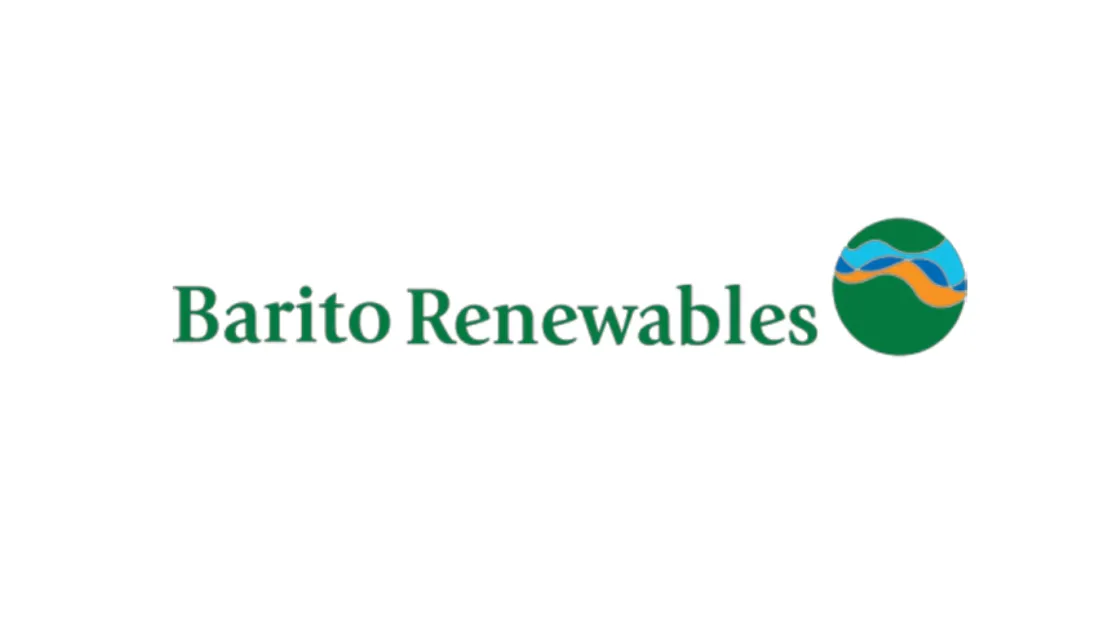

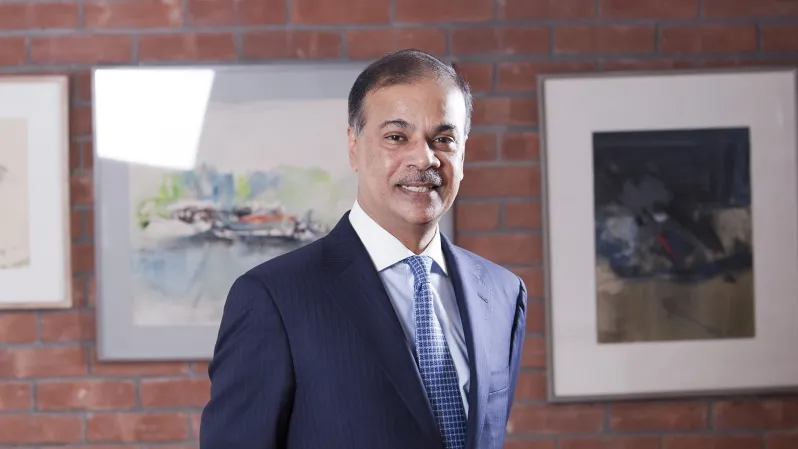
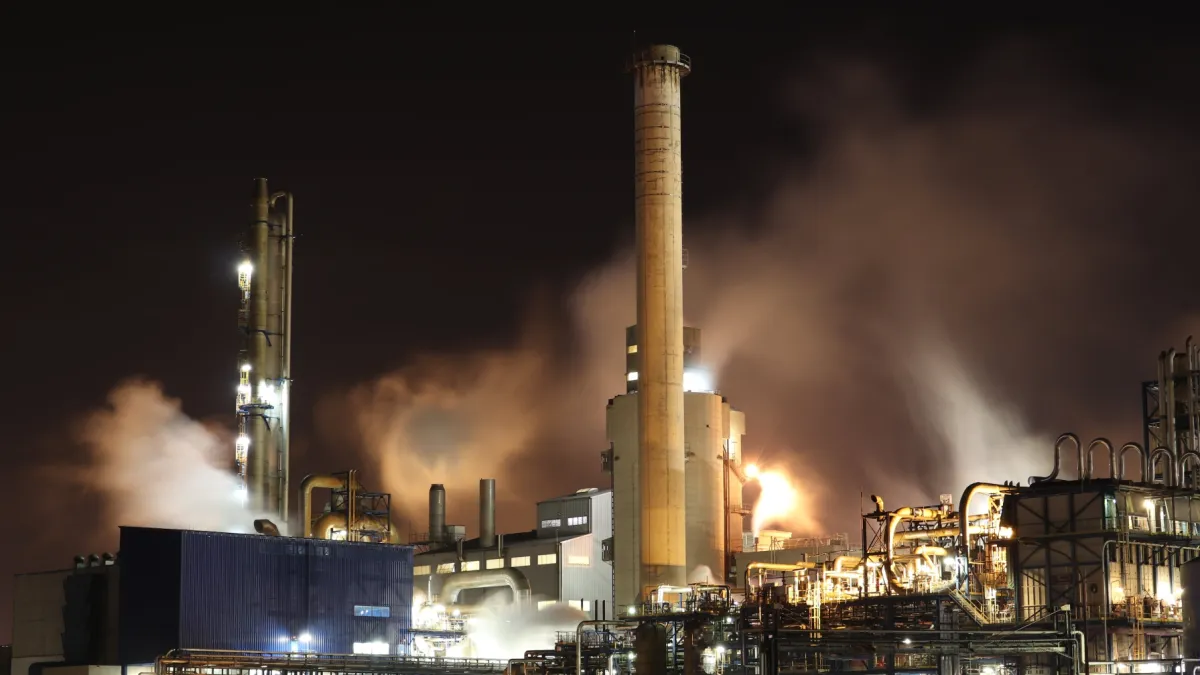

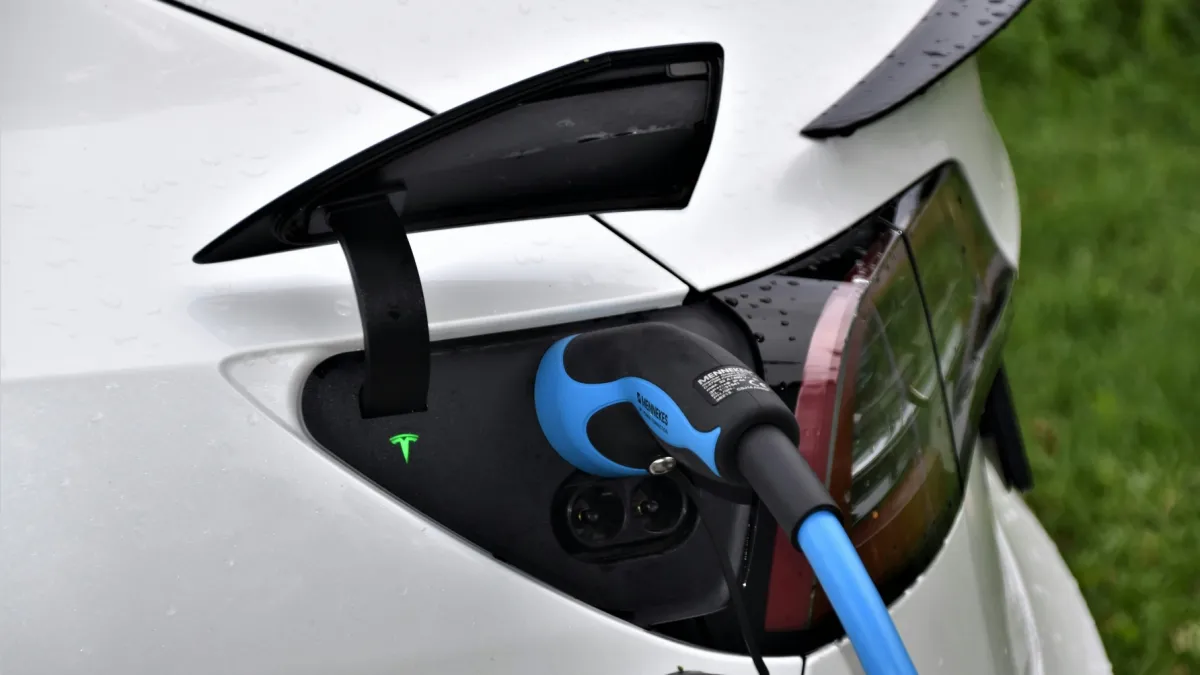



 Advertise
Advertise
